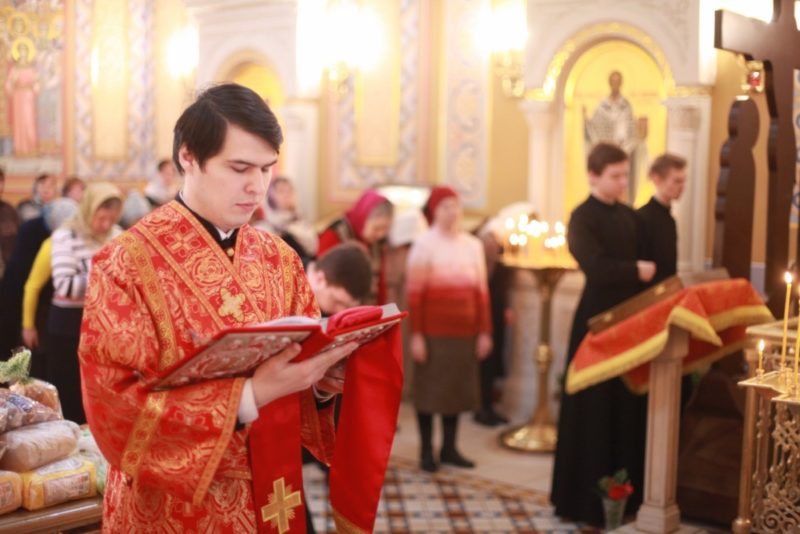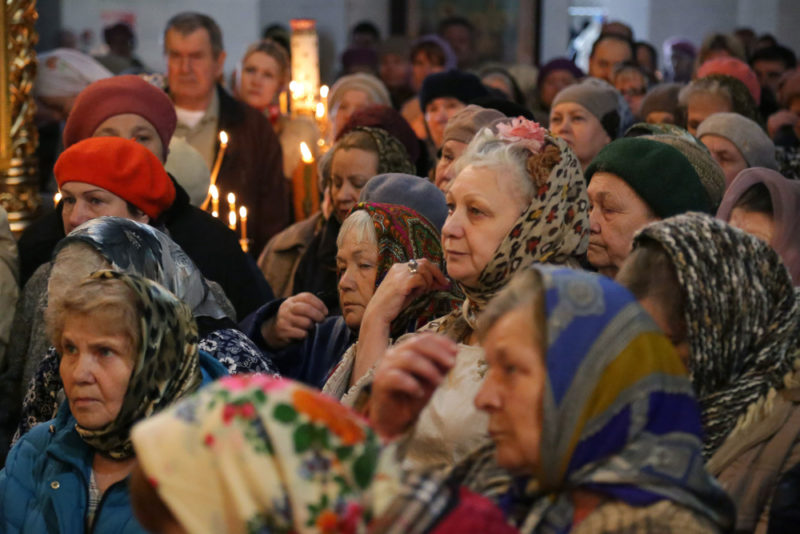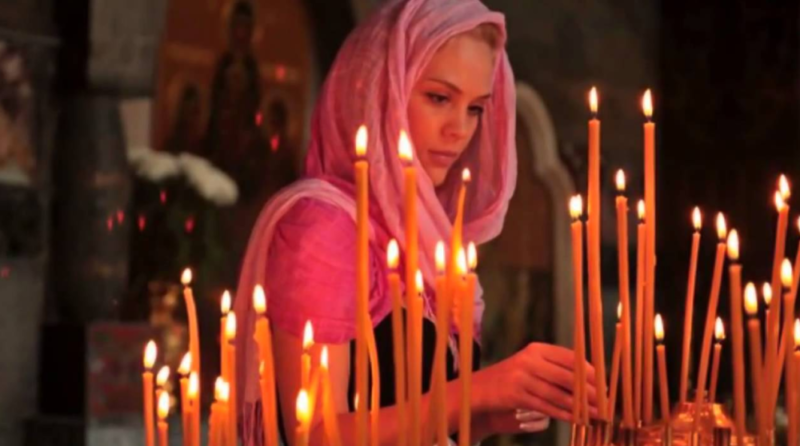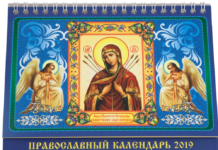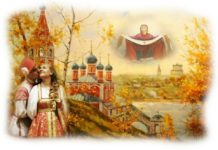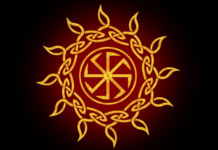Spring in the Orthodox calendar is always replete with red dates - holidays. Palm Sunday just passed, Easter was right there, and then Red Hill or Radonitsa, which is especially revered by the Orthodox. Radonitsa - what kind of holiday is it and why is it important to celebrate it correctly?
Material Content:
Radonitsa - what kind of holiday is this?
The Day of Honoring Radonitsa is not tied to the exact date, since it falls on Tuesday of the second week after the meeting of Easter, that is, has a “floating” date and is celebrated immediately after Antipasta or Fominiy Sunday (the first day off after Easter).
Radonitsa is a universal church day when the commemoration of the deceased relatives and friends takes place.
This date has become an important tradition of the Eastern Slavs. It is on such days that Christians visit cemeteries, clean up the graves of the deceased, order memorial services in the churches and remember them with special respect.
In the Orthodox calendar there are a number of dates that suggest the commemoration of the dead, however, Radonitsa stands out among them. The fact is that from Palm Sunday to Easter, the Orthodox do not go to the cemetery, since these days are Holy Week and everyone remembers the suffering and death of Jesus Christ. And only a week after Easter Sunday people go to the cemetery, but not to cry and remember the dead, but, on the contrary, to rejoice at their resurrection. After all, Christians believe that the death of Jesus brought people salvation and eternal life, which means that all those who die, who believe in the Savior, will be resurrected again after his second coming, and will gain eternal life.
Radonitsa is an Orthodox holiday of all-church commemoration of the dead, which is celebrated in order to restore prayers (which ceased to sound during the Easter days) and remember that Christ defeated death. On such a day, memorial services and funeral services are heard in the temples, and families go to cemeteries to remove the graves, read prayers there and remember those who departed with indispensable joy.
History in Orthodoxy
The history of the holiday Radonitsa is closely intertwined with pagan traditions, since people in ancient times worshiped the dead, and tried to transfer their customs to Christianity. Nevertheless, Radonitsa is a Christian holiday whose history originates from the very death of Jesus on the cross. In the Jewish tradition, on the third day after the death of the deceased, they wiped them with precious oils and prepared for eternal rest. That is why Mary went to the Holy Sepulcher on the third day, where she met the angels who proclaimed her resurrection. Later, this tradition was adopted by Christians, recalling after the death of their late brothers and sisters.
Saint John Chrysostom, who lived in the 4th century, testified that even then the Radonitsa festival was actively celebrated in the Christian milieu, i.e., believers visited the graves of the dead and offered prayers to God for them. With the spread of Christianity, various pagan customs began to pour into it, because the people actively worshiped the dead at that time. And in those distant times they brought food and wine to the graves, the living urged the dead to share with the meal, tried their best to please them. From the point of view of Orthodox theology, these customs are pagan and are not approved by the clergy.
The Orthodox tradition involves these days attending church meetings, participating in the singing of memorial services and memorial services, to clean and restore burial places of relatives give alms and remember their deceased relatives with respect and warmth.
What does it mean for a person
The Radonitsa holiday has the word “glad” in its name, and it defines the whole meaning of this event for a person. Christians remember the dead not with a sense of longing or bitter sadness, but with joy. After all, Christ died and rose again for any person, and everyone received eternal life after death. This means that, having died, no one disappears, but passes to another world, remaining eternally alive through the immortal soul. It gives hope and drowns out even the most persistent bitter anguish with the thought that we will still see our loved ones.
The radonitsa symbolizes the happiness that a person experiences from meeting with his relatives, and it again turns the Christian to the Resurrection of the Savior. It was the death of Jesus on the cross that brought man eternal life, which is why Radonitsa became the symbol of the Resurrection.
This day makes it possible to remember your loved ones, see their photos, remember with a kind word and order prayers for the repose. The family gathers at one table to honor the memory of those who have already left, to remember them with joy and respect.
Signs and customs
Throughout the entire existence of the festival, Radonitsa, its traditions and signs have changed, because, as already mentioned, pagan rituals introduced their destructive effect, mixing with Christian ones. The Orthodox Church recommends these days to visit the churchyard, clean up the graves of the departed, order a prayer service in the church and pray to the Lord for their loved ones.
The priests, in turn, do not recommend committing primordially pagan actions:
- Eat and drink in cemeteries.
- Bring food to the graves.
- Leave empty dishes on the tables near their homes, destining this for "dead guests."
- Put a glass of vodka or put cigarettes on the graves.
Radonitsa is an opportunity to remember her relatives, but not to worship them. The dead do not need food and water, so it is better to give them to the poor as alms.In addition to these pagan beliefs, it is believed that pregnant women should not go to the cemetery, but this is just superstition - prayer for the dead does not harm either the woman or the child. And they also say that weddings are forbidden on this day, but the church does not hold the wedding ceremony on any Tuesdays, since Wednesday is a fasting day and it is simply impossible to continue the celebration.
National signs on Radonitsa sound like this:
- If you sow and dig on this day, then the crop can be poor and meager.
- When it rains in the morning and there is no wind, it’s a big harvest.
- Sleeping on the night of this day is prophetic.
- A born child will have the same character traits as its deceased relative, whom was remembered that day.
- If the moon is new tonight, then the harvest will be plentiful, and when full, scarce.
On Radonitsa, it is customary to clean up the graves of the dead, paint fences and erect new monuments. These are gestures of respect and memory for loved ones. Usually people bring Easter treats and give them to the poor at the cemetery gate. But leaving food at the grave is a pagan ritual.
Offensive Date 2019
Since this holiday is rolling, Radonitsa in 2019 falls on May 7 - the second Tuesday after Easter, which is celebrated in the coming year on April 28.
On this day, Orthodox priests recommend:
- Attend ceremonial services in the temple.
- Give alms to the church.
- To clean up the places of burial. If desired, this can be done before Palm Sunday.
- Read memorial prayers at the graves and light candles.
- Pass out Easter treats to the poor at the gates of the cemetery.
- Get together at home with the whole family and remember the deceased relatives and friends.
Radonitsa is a celebration of memory when people remember their loved ones who have left for the afterlife, as well as the triumph of hope, because by means of the Resurrection of Christ separation from relatives is not eternal.



